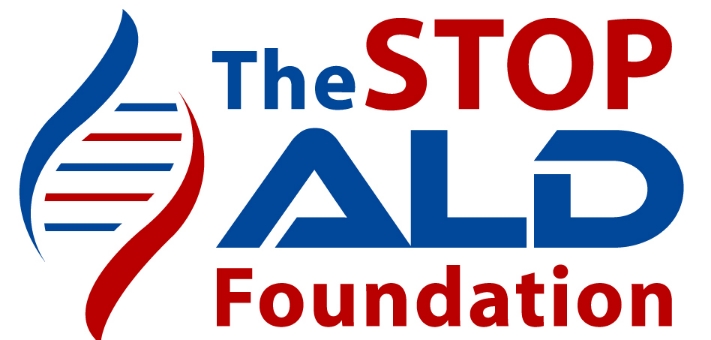How Gene Therapy Works
There are a variety of methods by which new genetic information may be introduced into a cell. The vehicles that accomplish this goal are called vectors. In the instance of ALD and its particular pathology and nuances, the vector of choice is a virus. A virus consists of a strand of genetic material surrounded by a membrane. A virus works by penetrating a target cell, incorporating its genetic material (DNA or RNA) into the host cell and thus turning the host cell into a factory for replicating virus particles which then serve to spread to more cells and continue to exert their effect. When a virus is used as a vector in gene therapy it is virtually re-engineered. It no longer contains the original pathogenic material (the negative aspect of being a virus), but rather the strand of genetic material that codes for the gene that is to be replaced. In this case it codes for ALDP, the ALD protein that either does not function properly, or does not exist in ALD positive individuals. It also contains other regulator type genes and a variety of "switches."
Gene Therapy Viruses & Vectors
Many different types of viruses exist. Again, due to the peculiarities of ALD and the cells that need to be corrected, the most suitable family of viruses for autologous stem cell transplantation is the Lentivirus family. This group of viruses includes viruses such as HIV, FIV, EIA and others.
While the gene therapy field has made tremendous progress over the last ten years--to date, over 2,000 people have received this broad type of treatment -- the Lentivirus vector, in particular, is very challenging to use in humans. Although it has been used successfully in animals, there are important scientific and biosafety issues that still remain to be addressed. The first trial of this vector, in two young boys with ALD in France, appears to be safe so far, but there are many hurdles ahead.
Gene Therapy Studies Thus Far
At this point, the HIV vector has been put into mice that have ALD on a laboratory basis. The vector has entered the mouse cells and this has led to production of the ALDP. This is extremely encouraging. The HIV vector is now in very limited clinical trials in France. This is an experimental phase when application in humans is approved. Scientific data must be presented that would convince peer-reviewed and regulatory committees that the proposed experiment has been established on a sound foundation, and that the patient's safety will be assured as much as can be proven before this critical step is taken.
